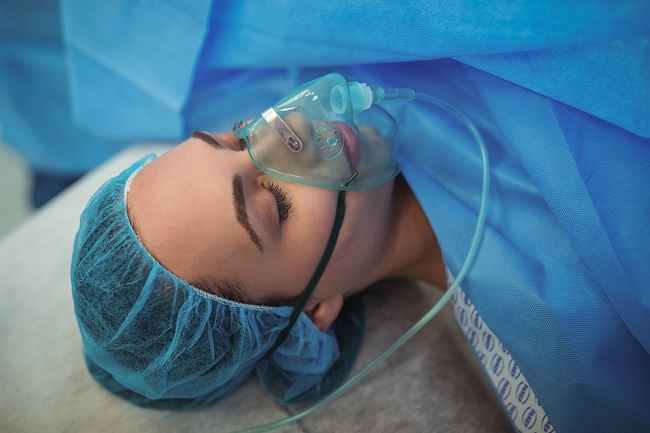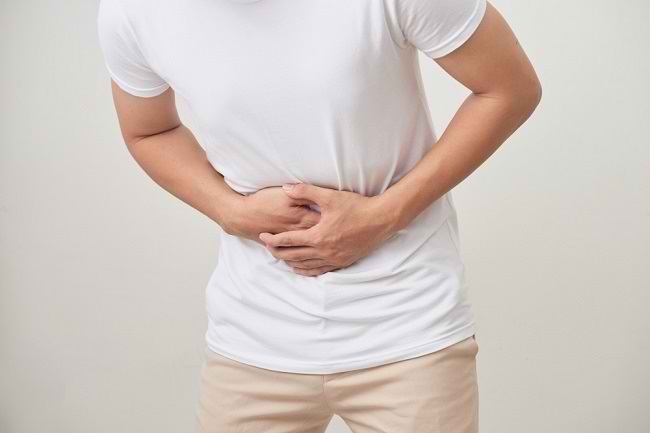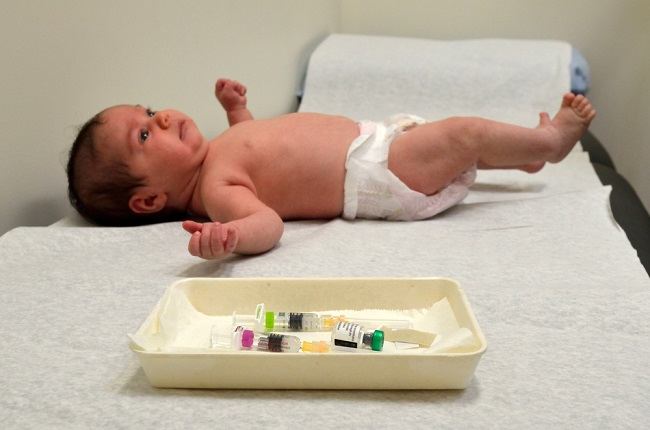Tricyclic antidepressants are a group of drugs used to relieve symptomsdepression, bipolar, or dysthymia. To treat depression, this drug will be used if the symptoms of depression do not subside despite receiving therapy with drug other antidepressants.
Tricyclic antidepressants work by blocking the reabsorption of noepinephrine and serotonin, thereby increasing their levels in the brain. This way of working will relieve symptoms of depression and improve mood.
In addition to treating mood disorders, tricyclic antidepressants can be used in the treatment of obsessive compulsive disorder, anxiety disorders, post-traumatic stress disorder (PTSD), panic attacks, nerve pain, or migraines.
Precautions Before Using Tricyclic Antidepressants
Tricyclic antidepressants should only be used as prescribed by a doctor. There are several things to consider before using this drug, including:
- Tell your doctor about any allergies you have. Tricyclic antidepressants should not be used by patients who are allergic to these drugs.
- Tell your doctor if you are or have recently been taking treatment with an MAOI antidepressant. Tricyclic antidepressants should not be used by these patients.
- Tell your doctor if you have recently had a heart attack. Tricyclic antidepressants should not be used in this condition.
- Tell your doctor if you have or have had glaucoma, liver disease, coronary heart disease, kidney disease, seizures, heart rhythm disorders, pheochromocytoma, thyroid disease, enlarged prostate, or diabetes.
- Tell your doctor if you are pregnant, breastfeeding, or planning
- Tell your doctor if you are taking any other medicines, including certain supplements and herbal products.
- Do not drive a vehicle or do activities that require alertness, after using tricyclic antidepressants, as these drugs can cause dizziness and drowsiness.
- Tell your doctor that you are being treated with tricyclic antidepressants before undergoing any medical procedures, including dental work or surgery.
- See your doctor right away if you have an allergic reaction to a drug or an overdose after using a tricyclic antidepressant.
Tricyclic Antidepressant Side Effects
The side effects of tricyclic antidepressants can vary, depending on the type of medication. However, in general, there are some side effects that can occur after using tricyclic antidepressants, namely:
- Blurred vision
- dry mouth
- Constipation
- Fast or irregular heartbeat
- Headache, dizziness, or drowsiness
- Appetite increases
- Urinary retention
- Weight gain or loss
- Decreased sexual desire
- Low blood pressure (hypotension)
- Tremors or excessive sweating
Immediately see a doctor if the side effects mentioned above do not subside or get worse. You should also see a doctor immediately if you have an allergic reaction to a medication or you have suicidal thoughts after taking tricyclic antidepressants.
Types, Trademarks and Dosage of Tricyclic Antidepressants
Tricyclic antidepressants in Indonesia are available in the form of tablets and creams. The following are the types of drugs that are included in the tricyclic antidepressant drug class, along with the trademark and dosage:
1. Amitriptyline
Trademarks: Amitriptyline, Amitriptyline Hydrochloride
To find out the dosage and more information about this drug, please visit the amitriptyline drug page.
2. Clomipramine
Trademark: Anafranil
To find out the dosage and more information about this drug, please visit the clomipramine drug page.
3. Doxepin
Trademark: Sagalon
To find out the dosage and more information about this drug, please visit the doxepine drug page.
4. Maprotiline
Trademarks: Maprotiline HCl, Tilsan 25, Sandepril
To find out the dosage and more information about this drug, please visit the maprotiline drug page.
5. Imipramine
Imipramine trademark: Tofranil
In general, the dosage of imipramine to treat depression is as follows:
- Mature: The initial dose is 75 mg per day in divided doses or as a single dose given at bedtime. The dose can be increased gradually to 150–200 mg per day if needed.
- seniors: The initial dose is 10 mg per day. The dose can be increased gradually to 30–50 mg per day if needed.









